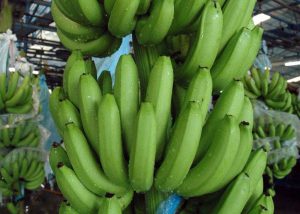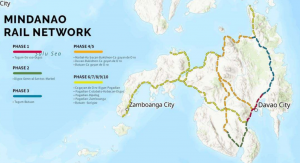Durian production this year is expected to rebound after years of being low, said Candelario B. Miculob, president of the Davao Durian Council.
At the weekly “Kapihan sa Dabaw” at SM City Davao, Miculob, however, said that the expected production will not surpass the recorded production in 2015, the banner year for the fruit in the Davao Region.
Since then, however, production dropped particularly in 2016 when Mindanao experienced a long dry spell, he added.
This year, Miculob said, production will be good and the fruit “has a growing market.”
Despite the expected bumper harvest, a production glut will never be experienced because aside from the growing local market, producers have also penetrated the international market. “There really is a gap between the supply and the demand,” he said.
“We lack with supply but there’s a big demand hence, the price is currently high,” he added even as he hopes that prices will go down as the city is set to celebrate “Kadayawan,” a festival of thanksgiving for farm production.
At present, Durian prices are about P100 a kilogram on the average, he said.
As part of the festival, Durian producers are set to hold the Durian Festival on August 10 with Agriculture Secretary Emmanuel Piñol as its guest.
Earlier, Miculob said he and several other producers have penetrated key markets in China, Singapore, and Japan that production of the entire Davao Region, the source of the 60% of the total production of the country, will never be enough.
At present, the city alone has about 2,800 hectares planted with the fruit, while there are about 16,600 hectares in the country.
The area planted to the fruit in the region may be less than 20% of that of the entire country, but its production volume is high at about 30 tons annually, while the average volume in the rest of the country is just about six tons a year.
He urged durian stakeholders to help one another in increasing the production to fill the supply gap and to focus on varieties with higher prices like “Puyat,” a variety known for being climate and disease resilient.
To maximize production and achieve higher yield, Miculob said that growers must achieve the limited number of plants to 156 a hectare and that they should upgrade their farming methods by adopting key technologies and asking help from government farm technicians.


